Pallet Changing Machine: What’s the Best Way to Swap Keg Pallets?
Handling heavy, awkward loads like keg pallets is a constant challenge in many industries. You might be struggling with slow manual processes that drain your resources. Workers are at risk of injury every time they lift or move a heavy keg. A single mistake can lead to damaged products and messy spills, halting your production line. This inefficiency is not just a minor headache; it eats into your profits and makes it difficult to meet your production targets. You need a better, safer, and faster way to manage these loads.
The best way to swap keg pallets is by using a specialized pallet changing machine, often called a pallet inverter. This equipment firmly grips the entire palletized load, rotates it (typically 180 degrees), and allows you to easily and safely replace the bottom pallet with a new one. This automated or semi-automated process eliminates dangerous manual lifting, drastically reduces the risk of product damage, and significantly speeds up your entire handling operation.
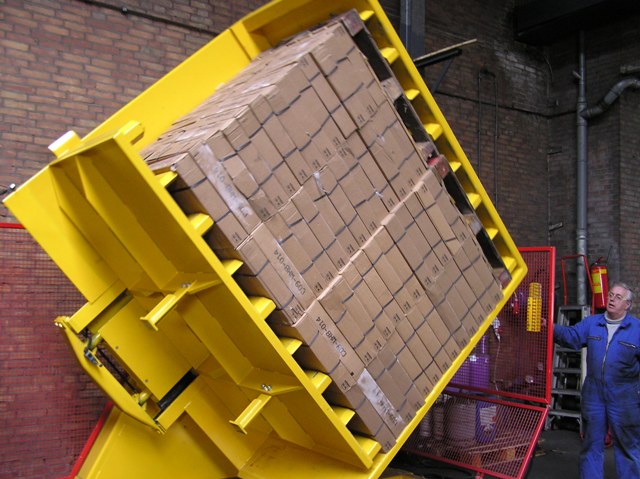
I've spent my entire career in the packaging and material handling industry. I started on the factory floor as an engineer and eventually built my own company, SHJLPACK. I’ve seen firsthand how the right equipment can transform a business. It’s not just about moving things from point A to point B. It’s about creating a smarter, safer, and more profitable operation. Choosing the right pallet changer is a critical decision. In this article, I will share my experience to help you understand what to look for, so you can make an investment that pays off for years to come.
How Can a Pallet Changer Boost Your ROI on Keg Handling?
As a business owner, every major equipment purchase needs a clear justification. You look at the price tag and wonder if the investment is worth it. But focusing only on the initial cost is a common mistake. You also need to think about the hidden costs of your current methods. How much are you losing to slow changeover times? What is the real cost of a workplace injury, including downtime and insurance claims? These factors add up and directly impact your bottom line. A pallet changer is not just an expense; it's an investment designed to solve these problems and deliver a strong return.
A pallet changer boosts your return on investment (ROI) by targeting key operational costs. It dramatically cuts down on the need for manual labor, reduces expensive product damage, speeds up your throughput, and creates a safer work environment. These improvements lead to lower operating costs, fewer compensation claims, and higher overall productivity, allowing the machine to pay for itself over time.
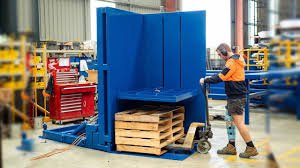
Breaking Down the Financial Impact
To really understand the ROI, you have to look at both direct and indirect savings. As an engineer and a factory owner, I always start with the numbers. Let’s think about it in practical terms.
Direct Cost Savings
The most obvious savings come from labor and product protection. Manual pallet swapping is slow and labor-intensive. It might take two or three workers several minutes to transfer a full load of kegs. A pallet changer can do the same job in under 60 seconds with a single operator. This frees up your team to focus on more value-added tasks. Then there's the cost of damaged goods. Kegs can be dented or valves can be broken during a clumsy manual transfer. These losses go straight to your bottom line. A pallet changer handles the load securely, minimizing this risk.
Here’s a simple comparison:
| Metric | Manual Method (Per Pallet) | Pallet Changer Method (Per Pallet) |
|---|---|---|
| Labor Required | 2-3 Workers | 1 Operator |
| Time to Swap | 5-10 Minutes | ~1 Minute |
| Risk of Product Damage | Moderate to High | Very Low |
| Risk of Worker Injury | High | Very Low |
Indirect Gains: Uptime and Safety
The benefits go beyond direct costs. For a leader like Javier, who aims for 95% equipment uptime, every minute counts. A slow, manual process is a bottleneck that can bring a whole production line to a halt. By automating this step, you create a smoother, more predictable workflow, which is essential for maximizing your facility's output. Safety is another huge factor. Lowering the risk of back injuries or other accidents doesn't just reduce insurance premiums. It improves morale and shows your employees that you value their well-being. This contributes to a more stable and productive workforce, which is an invaluable asset for any company trying to lower operational costs. A reliable machine is a cornerstone of a high-efficiency operation.
What Are the Key Safety and Efficiency Features to Look for in a Keg Pallet Changer?
When you browse catalogues or websites, many pallet changers can seem almost identical. They all promise to do the same job. But the reality is very different. A machine built with cheap components or poor design can become a constant source of problems. It can be unsafe for your operators or break down frequently. This leads to exactly the kind of downtime you are trying to eliminate. It's critical to know the specific design features that separate a dependable, long-term asset from a potential liability.
The most important features to look for in a keg pallet changer are those that guarantee safety and drive efficiency. For safety, this includes full-perimeter fencing, light curtains, and a pressure-controlled clamping system that holds the kegs securely without crushing them. For efficiency, you need a robust rotation mechanism, intuitive controls for the operator, and the ability to integrate with your existing workflow.
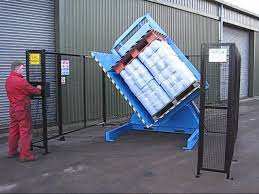
Diving Deeper into Machine Design
From my years as an engineer, I can tell you that the details in machine design make all the difference. Let's look at the specific components that matter most.
Essential Safety Mechanisms
Safety should always be the top priority. Heavy loads like kegs are unforgiving. A quality pallet changer must have a comprehensive safety system.
- Safety Fencing: This is non-negotiable. A physical barrier should surround the machine's operational area to prevent anyone from accidentally walking into the path of a moving load.
- Light Curtains: These are electronic safety guards. If an operator's hand or any object breaks the light beam while the machine is active, it immediately stops the cycle. This prevents serious accidents.
- Pressure-Controlled Clamping: Kegs are strong, but they are not indestructible. The machine must have adjustable clamping pressure. This ensures it can hold the load securely without denting the kegs or damaging valves. A good system allows you to set different pressures for different loads.
- Emergency Stops: These must be clearly visible and easily accessible from all sides of the machine.
Features That Drive Efficiency
An efficient machine is one that works quickly, reliably, and fits into your overall production plan.
- PLC Controls: A Programmable Logic Controller (PLC) is the brain of the machine. A modern PLC allows for smooth, automated cycles. More importantly, it can be integrated with your plant-wide management systems, like a Manufacturing Execution System (MES). This is key for anyone pursuing digital transformation, as it enables data collection and full production visibility.
- Robust Drivetrain: The mechanism that rotates the load must be built for industrial use. Look for heavy-duty motors, gearboxes, and bearings. A weak drivetrain is a common point of failure in cheaper machines.
- User-Friendly Interface: The control panel should be simple and intuitive. Your operators should be able to run the machine safely and efficiently with minimal training. Pictograms and clear language help reduce errors.
Here is a quick overview of automation levels:
| Automation Level | Description | Best For |
|---|---|---|
| Semi-Automatic | Operator loads pallet and initiates cycle via push-button. | Operations needing flexibility and a balance of cost and speed. |
| Fully-Automatic | Machine is integrated with conveyors; pallets are fed and removed automatically. | High-volume production lines where maximizing throughput is the primary goal. |
Can Pallet Inverters Handle Different Keg Sizes and Pallet Types?
Your business is dynamic. Today you might be handling half-barrel kegs on wooden pallets. Tomorrow, you might need to handle smaller quarter-barrels, or a customer might require you to ship on plastic pallets for hygiene standards. If you invest in a machine that is not flexible, you are creating a future problem for yourself. A rigid machine that can only handle one specific load size or pallet type will become a bottleneck the moment your operational needs change. The goal is to invest in equipment that can adapt with your business.
Yes, a well-designed pallet inverter is built for versatility. Modern machines can easily handle a wide range of keg sizes, from small "sixtels" to large half-barrels. They are also designed to work with various pallet types, including standard wood pallets, plastic pallets, and specialized rental pallets like CHEP or PECO. This flexibility is achieved through features like a wide opening range and adjustable clamping plates.
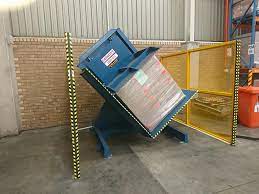
The Engineering Behind Flexibility
As an engineer, I appreciate simple and effective design. The adaptability of a pallet inverter comes from a few key engineering principles.
The Mechanics of Adjustability
The core of a flexible pallet changer lies in its clamping and loading mechanism.
- Wide Opening Range: The machine's "jaws" need to open wide enough to accommodate your tallest possible load and close down far enough for your shortest load. Before you buy, you should measure your different palletized load dimensions and ensure the machine’s specifications match your needs.
- Adjustable Clamping Pressure: As we discussed, this is a safety feature, but it’s also crucial for flexibility. A lighter load of small kegs requires less clamping force than a heavy load of large kegs. A good machine allows the operator to easily select the right pressure setting for the specific load being handled.
- Movable Loading Platform: The platform where the new pallet is placed can often be adjusted in height. This ensures a smooth transfer regardless of whether you are using thick wooden pallets or thinner plastic ones.
A Real-World Example
I remember working with a client who ran a large beverage distribution center. They had been using wooden pallets for years. But a new contract with a major supermarket chain required them to switch to more hygienic plastic pallets. Their old pallet transfer system couldn't handle the different dimensions and slicker surface of the plastic pallets. The transition was a nightmare. We helped them install a new pallet inverter with a wide opening range and a specialized non-slip surface on the clamping plates. The result was a seamless transition. They could switch between wood and plastic pallets in minutes, without any disruption to their workflow. This is what I mean by a future-proof investment.
When you talk to a supplier, you should always ask about the machine's range of adjustability. Here are some key questions:
| Question to Ask Your Supplier | Why It Matters |
|---|---|
| What is the minimum and maximum load height? | Ensures all your products will fit. |
| Can the clamping pressure be adjusted? | Protects different types of products from damage. |
| Is the machine compatible with both wood and plastic pallets? | Prepares you for changes in logistics or customer requirements. |
| How long does it take to adjust the settings for a different load? | Determines the real-world flexibility of the machine. |
Vincent's Insight: Beyond the Machine - Finding a True Partner for Your Pallet Changing Needs
You have done your homework. You understand the technical specifications. You have calculated the ROI. You are ready to make a purchase. But what happens after the check is signed? What if there is an issue during installation? Who will train your operators? If the machine needs a spare part in five years, will the supplier still be there to support you? Buying from a company that disappears after the sale is one of the biggest risks in capital investment. You need more than just a piece of equipment; you need a partner who is invested in your long-term success.
Finding a true partner means you must look past the price tag of the machine. You need to evaluate the supplier's deep industry experience, their willingness to customize a solution for your specific needs, and their proven commitment to providing support long after the initial sale. This includes installation, training, maintenance, and expert advice.
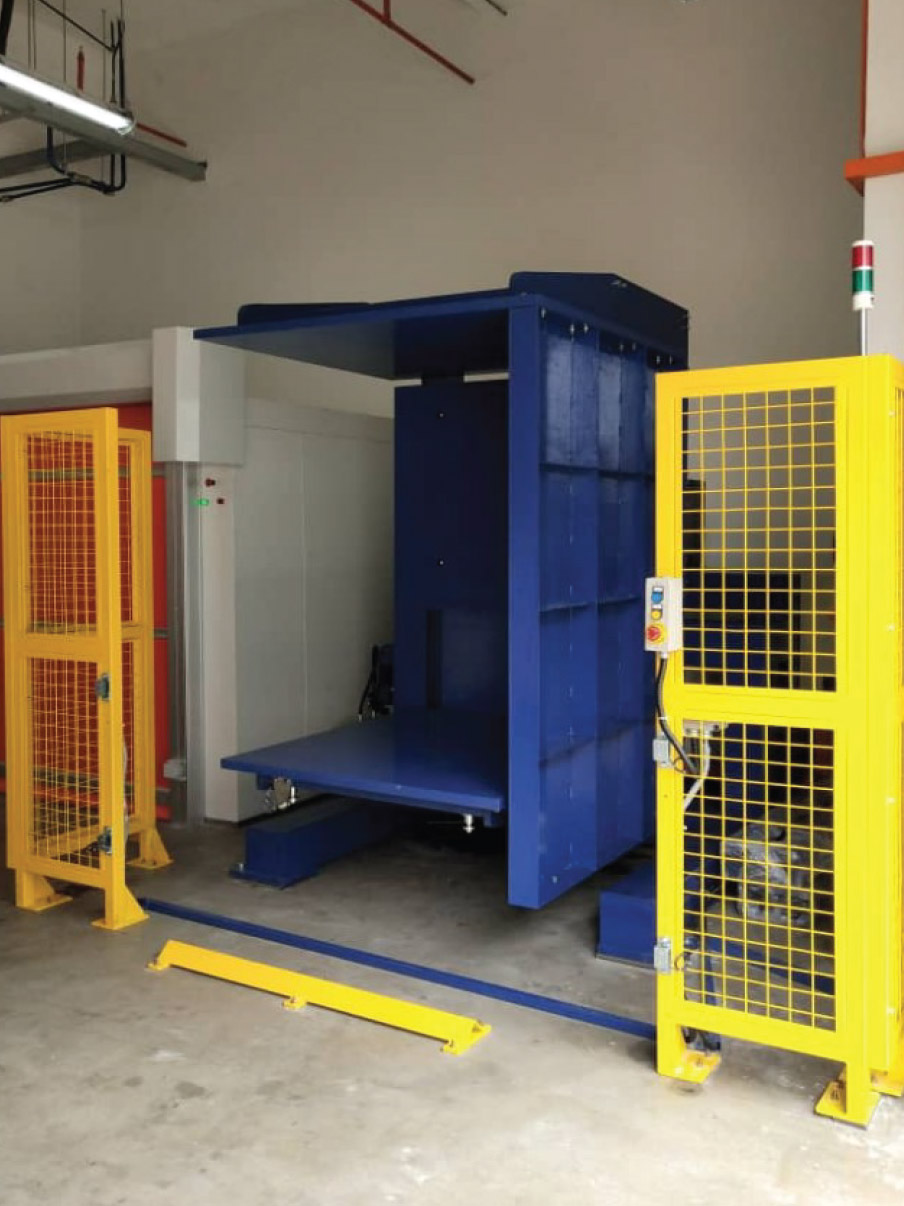
My Journey and Your Challenges
I know this because I have been on both sides. I started my career as an engineer on the factory floor, designing and troubleshooting these very machines. I learned what makes a machine reliable and what causes it to fail. Later, I founded my own factory. I faced the same pressures you face: managing costs, maximizing uptime, and ensuring a safe workplace. I know what it feels like to make a big investment and hope it pays off. This journey taught me that the relationship with your equipment supplier is just as important as the equipment itself. At SHJLPACK, our mission is not just to sell machines. It is to share the knowledge I’ve gained to help others succeed.
What a Strategic Partnership Really Looks Like
A true partner works with you through the entire lifecycle of the equipment. They act as an extension of your own team. Here is what that relationship should include:
- Consultative Approach: A partner doesn’t just send you a catalogue. They listen to your challenges—whether it's high energy costs, aging equipment, or the need for digital integration. They analyze your workflow and recommend a solution that truly fits.
- Customization: Your factory is unique. A good partner can modify their standard designs to fit into your existing layout and connect with your other equipment.
- Full-Service Support: The partnership includes on-site installation, commissioning to ensure everything works perfectly, and thorough training for your operators and maintenance staff.
- Long-Term Reliability: A partner provides ongoing support, readily available spare parts, and expert advice when you need it. They can help you plan for future upgrades and navigate challenges like new environmental regulations. For a leader like Javier, who is focused on digitalization and cost reduction, having a partner who can provide expert advice in these areas is invaluable.
This is why I built SHJLPACK on a foundation of knowledge sharing. We are grateful for the success this industry has brought us, and we are dedicated to helping our clients grow their own businesses. We see ourselves as a total solution provider, here to help you solve your toughest packaging and handling challenges.
Conclusion
Choosing the right pallet changer and partner ensures safety, boosts efficiency, and delivers a strong return on investment. It's about a total solution, not just a machine.




